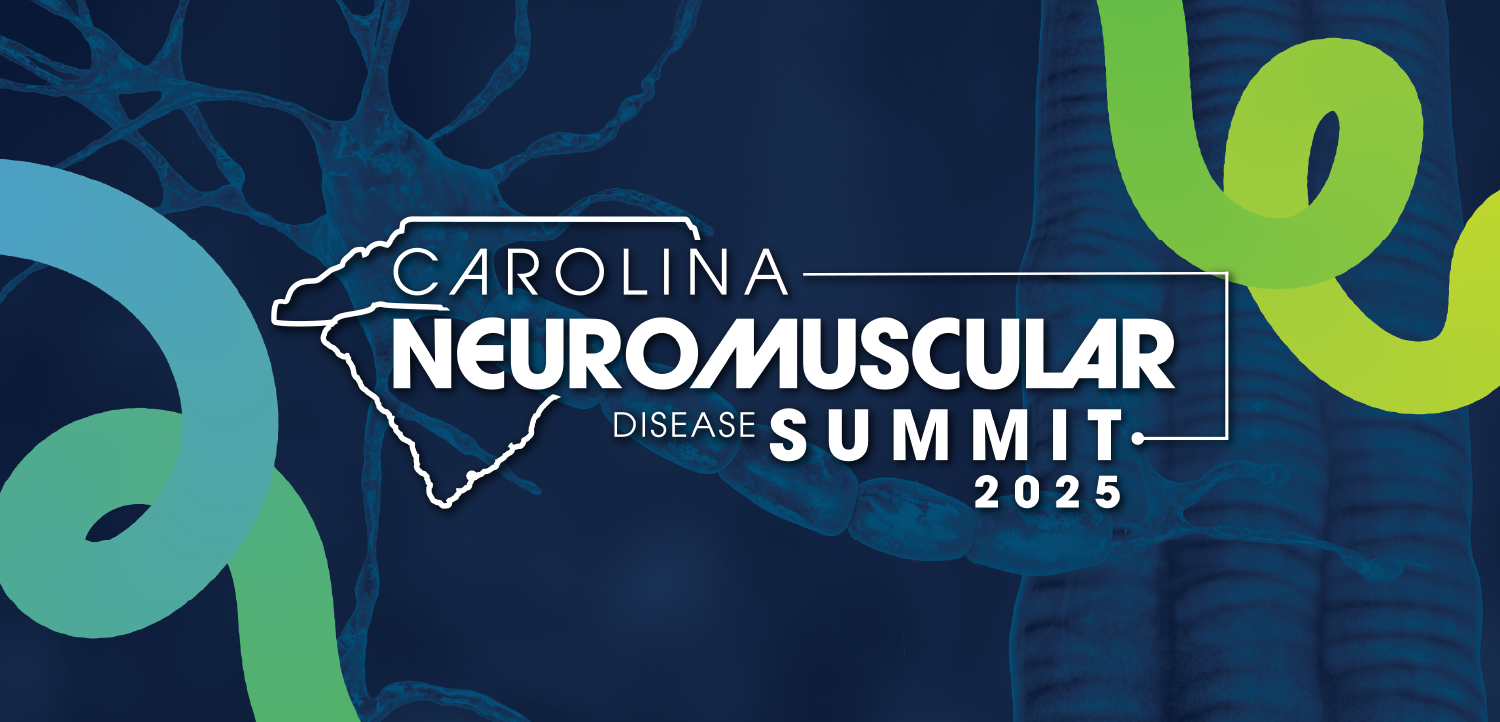|Videos|July 2, 2020
Management of Duchenne Muscular Dystrophy
Advertisement
Newsletter
Keep your finger on the pulse of neurology—subscribe to NeurologyLive for expert interviews, new data, and breakthrough treatment updates.
Advertisement
Related Articles
Latest CME
Advertisement
Advertisement
Trending on NeurologyLive - Clinical Neurology News and Neurology Expert Insights
1
Stem Cells of Secondary Progressive Multiple Sclerosis Drive Increased Proinflammatory T-Cell Activity
2
Optimizing Speech and Movement Therapy to Improve Motor and Nonmotor Symptoms of Parkinson Disease: Cynthia Fox, PhD, CCC-SLP
3
Insights Into the Neurobiology of Stuttering From 2025 STARS Conference: Shahriar SheikhBahaei, PhD
4
Daridorexant Provides Relief for Insomnia in Women During Menopausal Transition
5














































